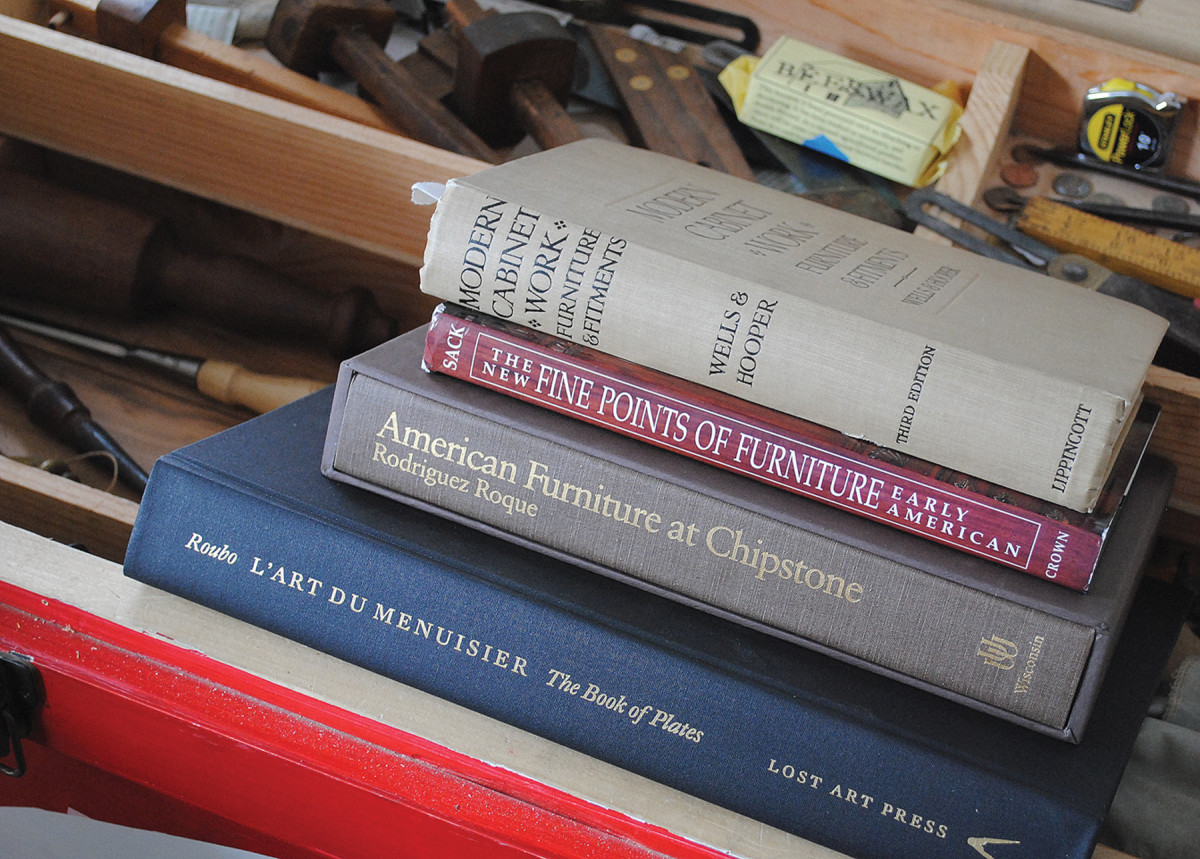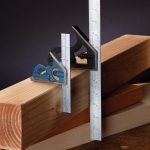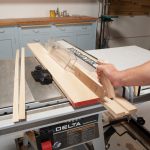We may receive a commission when you use our affiliate links. However, this does not impact our recommendations.

Exposure to great furniture hones the eyes for quality and proportion.
Woodworking is, all at once, frustrating, elating, challenging and straightforward stupid simple. It combines the elements of design, vision, accuracy, artistic intent and manual ability like no other pursuit I’ve found.
Just in the moment you believe you’ve mastered a part of its scope, you look up from the apex you’ve achieved to see higher peaks taunting you in the distance, and you know you’re going to have to step up your game to reach them.
There are different paths to reaching those ever-rising peaks of achievement. I’ve found mine through another wood product: paper, or more correctly, books. Old books. Some woodworkers collect antique or unique tools, but it’s books for me and I believe I get infinitely more practical use from my collection.
I’m not sure when the change happened. I was never a good student and though I have always enjoyed reading, I was never interested in being studious in any school subject. I relied on an “either I get it or I don’t” attitude that didn’t always work. It’s possible none of the subjects captured my interest like woodworking does, and today I enjoy immersing myself in the study of shavings and sawdust.
This has led to a sizable and growing collection of “textbooks” on all kinds of subjects. Books on finishing and chairmaking, carving and furniture styles, historic treatises on technique and modern shop interpretations.
It’s become a standard event that, roughly a week after most paychecks hit the bank, there will be a box or two arriving in the mail from an online auction or other book source. I don’t usually spend all that much; judicious search terms and patience typically yield a strong crop of options.
When I first began collecting, I focused on books about tools or techniques, but over time, my favorites have become the books showing museum collections and auctions. How do you know your favorite pizza place is the best in town? You can’t – unless you try at least most of the other pizza offerings out there.
Experience gives perspective and, short of possessing the time and means to personally visit all the great furniture collections across the country, these books are great ways to consume mass quantities from the comfort of my favorite chair. This exposure helps me develop a good eye for quality and proportion in my own work and often introduces me to ideas that have been nearly forgotten.
Of course, all the chair time in the world shared with the greatest woodworking tomes in history will accomplish nothing if I never step foot in my shop. Even time spent making simple things like wooden shop squares is not wasted, and it allows me to connect the insights my mind has consumed to the movement of my hands and the vision of my eyes.
I keep many quality tools in my traditional tool chest. The planes, chisels, marking gauges and more all help me take the ideas I envision and birth them into the real world. But tools are a small part of the equation of creativity.
The crucial elements aren’t stored in a chest because without my hands, my eyes and the perspective and knowledge gained from my books, the most fantastic tool collection in history won’t do me, or anyone else, any good.
Keep reading. Keep making. Keep learning. –Derek Olson
Here are some supplies and tools we find essential in our everyday work around the shop. We may receive a commission from sales referred by our links; however, we have carefully selected these products for their usefulness and quality.








